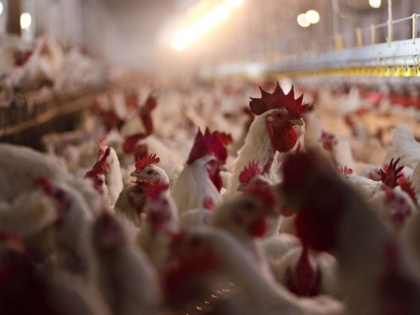'Worse Than COVID': Alarm Raised by Experts Over Potential Bird Flu Pandemic
By Lokmat English Desk | Published: April 5, 2024 07:11 AM2024-04-05T07:11:39+5:302024-04-05T07:13:02+5:30
Health experts have warned that a potential bird flue pandemic could be '100 times worse than Covid' as it ...

'Worse Than COVID': Alarm Raised by Experts Over Potential Bird Flu Pandemic
Health experts have warned that a potential bird flue pandemic could be '100 times worse than Covid' as it could lead to deaths up to half of those infected. The concerns were raised during a recent briefing where researchers discussed on the H5N1 strain of bird flu. They expressed apprehension that the virus may be approaching a critical threshold that could spark a global pandemic, according to a report by UK-based tabloid Daily Mail.
During the briefing, Dr. Suresh Kuchipudi, a prominent bird flu researcher in Pittsburgh, warned that H5N1 has the potential to cause a pandemic, given its ability to infect a range of mammalian hosts, including humans, stating, “we are getting dangerously close to this virus potentially causing a pandemic."
‘We are not really talking about a virus that is yet to make a jump, we are talking about a virus that is globally present, already infecting a range of mammals and is circulating… It is really high time that we are prepared," he added. John Fulton, a pharmaceutical industry consultant and founder of Canada-based pharmaceutical company BioNiagara, echoed these concerns, emphasising the severity of a potential H5N1 pandemic and suggesting it could be far deadlier than Covid-19.
According to the World Health Organization (WHO), 52 out of every 100 people diagnosed with H5N1 bird flu have died since 2003, with a total of 462 deaths out of 887 cases. In contrast, the current fatality rate for Covid is less than 0.1 percent. However, at the start of the pandemic, it was around 20 percent.The virus has rapidly spread among dairy herds in five states across the country — Idaho, Kansas, Michigan, New Mexico, and Texas — affecting millions of animals on both land and sea.
Open in app